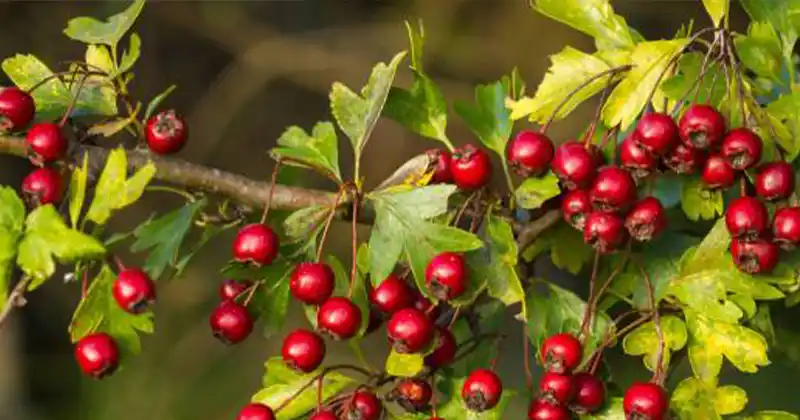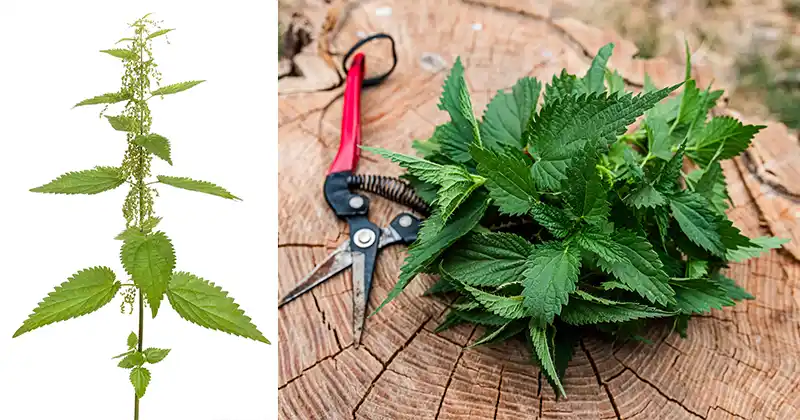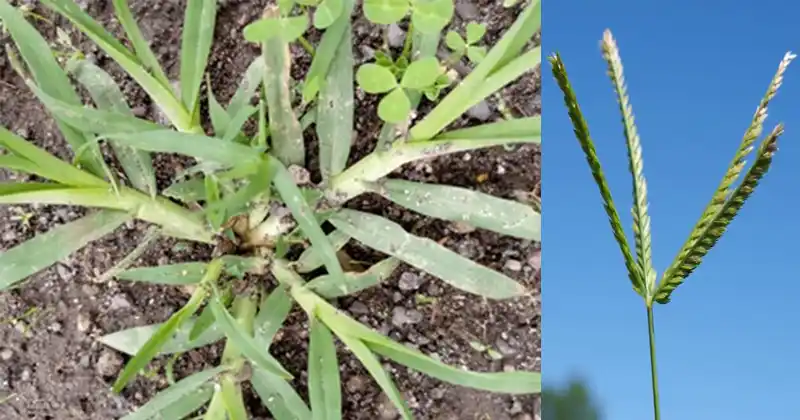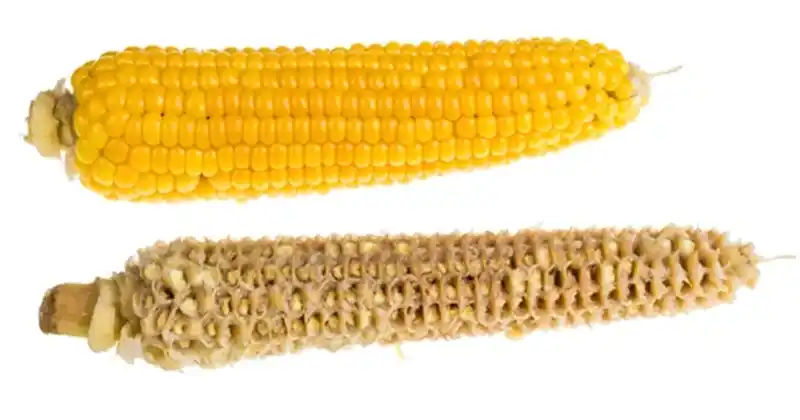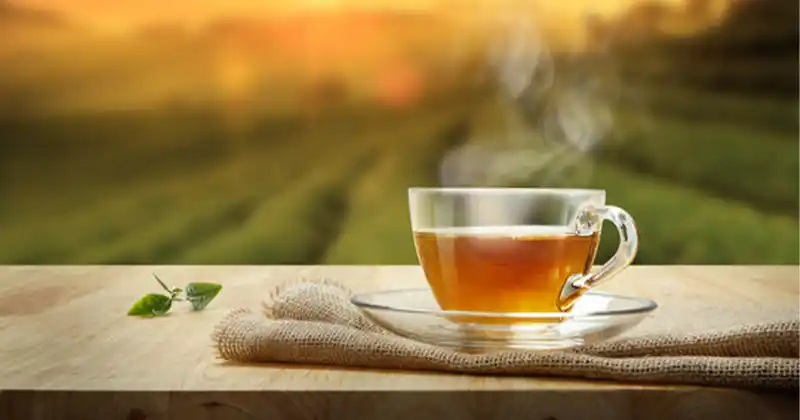Unlocking Nature’s Secret: Cattails as a Superfood in Your Backyard
Cattails, a common sight in wetlands across North America, are more than just an iconic part of the landscape; they are a versatile and nutritious superfood. Different parts of the cattail plant are edible and can be prepared in various ways, offering a wealth of nutrients and health benefits.

Edible Parts and Preparation
- Roots (Rhizomes): Best harvested in fall and winter, cattail roots can be grilled, baked, or boiled, similar to potatoes. They can also be dried and ground into a powder, serving as a thickener for soups or an addition to cereal flours.
- Shoots: Young shoots, harvested in spring, can be eaten raw or cooked, offering a taste similar to cucumbers.
- Flowering Stem: The tender, young flowering stem is also edible, whether raw, cooked, or prepared as a soup.
- Pollen: Harvested in late summer, cattail pollen is a versatile ingredient, usable both raw and cooked. It can be processed into a protein-rich additive for flour used in baking.
Nutritional Value
Cattails are a rich source of carbohydrates, dietary fiber, and contain a modest amount of protein. They provide essential minerals like calcium, iron, magnesium, phosphorus, potassium, sodium, and zinc. Vitamins found in cattails include vitamin C, thiamin, riboflavin, niacin, pantothenic acid, and vitamin B-6. They are also a source of vitamin A and vitamin K.
Health Benefits
- Antiseptic Properties: The jelly-like substance found in young leaves can be used on wounds and has powerful analgesic properties, offering relief from pain and inflammation.
- Energy Booster: Due to their carbohydrate content, cattails can provide sustained energy throughout the day.
- Skin Care: Cattail is beneficial for skin health, helping to heal boils, sores, and reduce scarring.
Caution and Sustainability
While cattails are a nutritious wild food, it’s important to ensure that they are harvested from clean water sources, as they absorb and accumulate toxins from their environment. Always harvest from unpolluted areas to avoid consuming harmful compounds.
Other Uses

Beyond their culinary applications, cattails have been used for a variety of purposes:
- The stems and leaves are useful for making mats, chairs, hats, and even paper.
- The fluff from the female flowers serves as excellent tinder for starting fires.
- The plant is also beneficial for wildlife and can be grown easily for environmental sustainability.
Cattails offer a unique opportunity to explore wild foraging and introduce a nutritious, natural food source into your diet. With their numerous health benefits and versatility, they truly are a little-known superfood waiting to be rediscovered.




